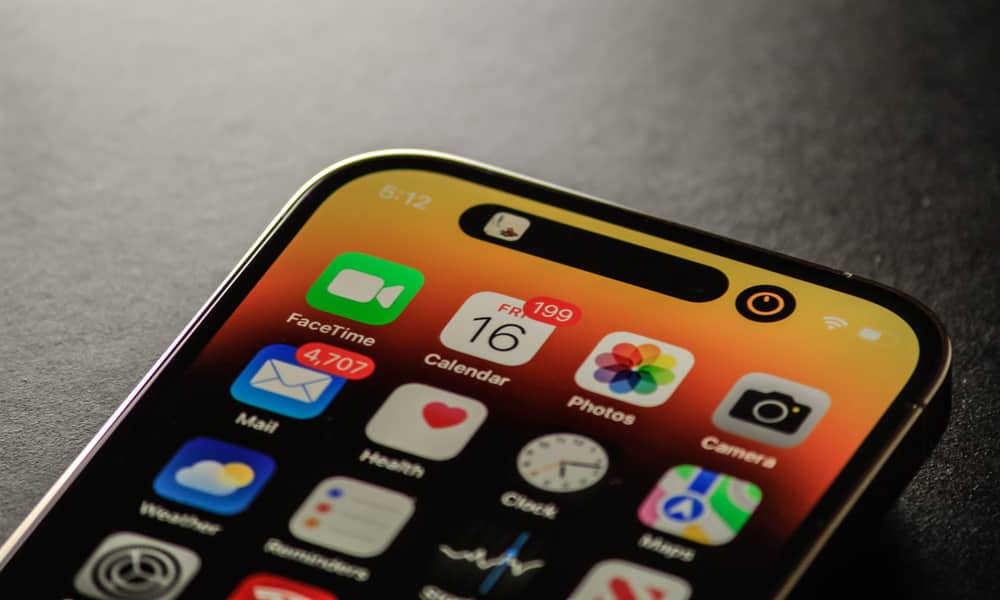Update: iPhone 17 Models to Use Always-On Display Tech, Under-Display Face ID for iPhone 17 Pro
 Credit: James Yarema
Credit: James Yarema
Toggle Dark Mode
Apple’s entire iPhone 17 lineup will boast LTPO always-on display technology, says Display Supply Chain Consultants display industry analyst David Naranjo. Meanwhile, Naranjo’s boss, Ross Young says Apple’s “iPhone 17 Pro” handsets will be the first to use under-panel Face ID technology.
Young and others had originally expected 2024’s iPhone 16 Pro models to be the first to boast under-panel Face ID technology. Last month, Young said there would be a one-year delay, due to “sensor issues.”
LTPO displays have variable refresh rates that allow phone makers to offer features like Apple’s ProMotion and always-on display, which have been so far limited to the iPhone Pro models.
LTPO Use in Smartphones on the Rise
“LTPO penetration [in smartphones] rose from 10% in 2021 to 23% in 2022,” said Naranjo. “The rise in LTPO is a result of strong demand for higher refresh rates and always on displays at lower power,” he continued.
Naranjo expects to see all of Apple’s iPhone 17 models use LTPO panels in 2025, as LTPO production capacity continues to rise and costs continue to fall.
What is LTPO Technology?
Low-temperature polycrystalline oxide (LTPO) is a backplane technology that allows phone makers to change a display’s refresh rate, with no extra hardware components between the GPU and graphics controller. The reduced number of components powering the display means device energy requirements are reduced, extending the handset’s battery life.
LTPO technology powers Apple’s ProMotion display system, which can vary refresh rates from a low of 10Hz to a high of 120Hz when operating, or down to 1Hz to enable an always-on display, such as is seen on this year’s iPhone 14 Pro and iPhone 14 Pro Max models.
Apple also uses LTPO technology on its Apple Watch Series 5 and later, making the watch capable of always-on refresh rates as low as 1Hz.
Low refresh rates minimize power usage when used in cases where nothing changes on the display. On the other end of things, a 120Hz refresh rate is beneficial to gamers or for Apple Pencil users.
LTPO technology first appeared on the iPhone 13 Pro with the device’s ProMotion feature. Apple later enabled the lower refresh rate that is required to enable the always-on display feature on the current iPhone 14 Pro.
While Apple could use LTPO on standard iPhones without enabling ProMotion on those handsets, it looks as if Apple will likely bring the always-on display feature to all iPhone models.
LTPO could also be used to allow users that are watching video shot at 24Hz to view the content at its native frame rate.
Display Supply Chain Consultants, headed by Ross Young, has a good reputation for accurately predicting Apple’s upcoming display-related plans.
Young earlier predicted that Apple’s “iPhone 17 Pro,” which is expected to debut in 2025, will use under-panel Face ID technology for the first time.
Young tweeted today that Apple’s under-display Face ID technology will use a circular cutout for the front-facing camera. Young expects Apple to use that method until 2027’s iPhone Pro models, which will place the camera under the display, providing a true “all screen” appearance on the iPhone Pro.
This information first appeared on Mactrast.com
[The information provided in this article has NOT been confirmed by Apple and may be speculation. Provided details may not be factual. Take all rumors, tech or otherwise, with a grain of salt.]







